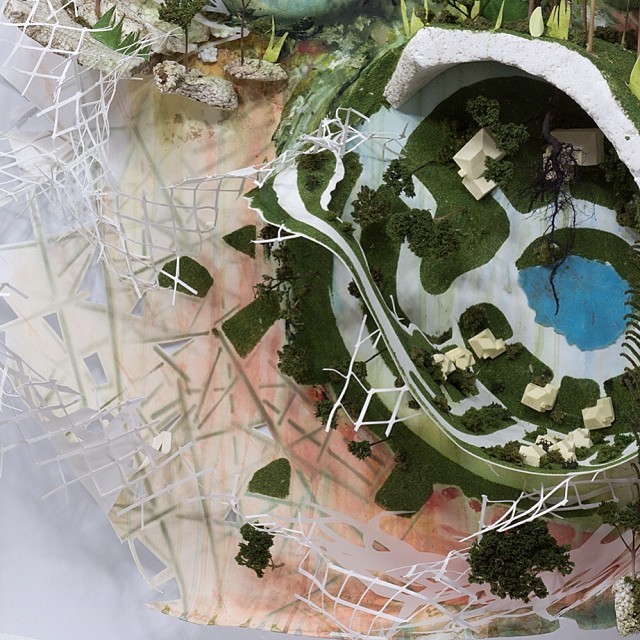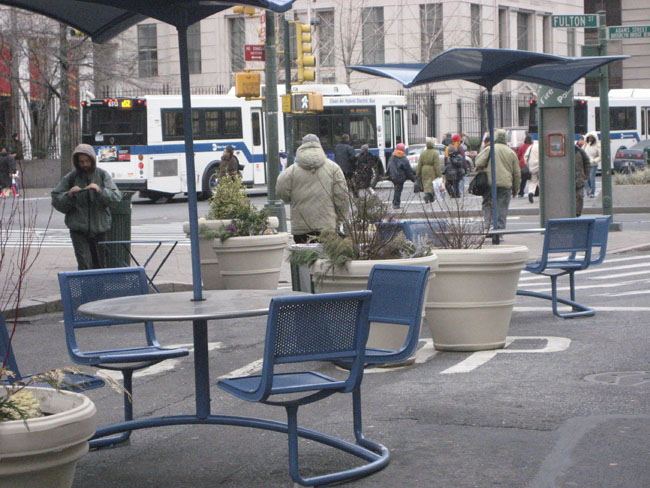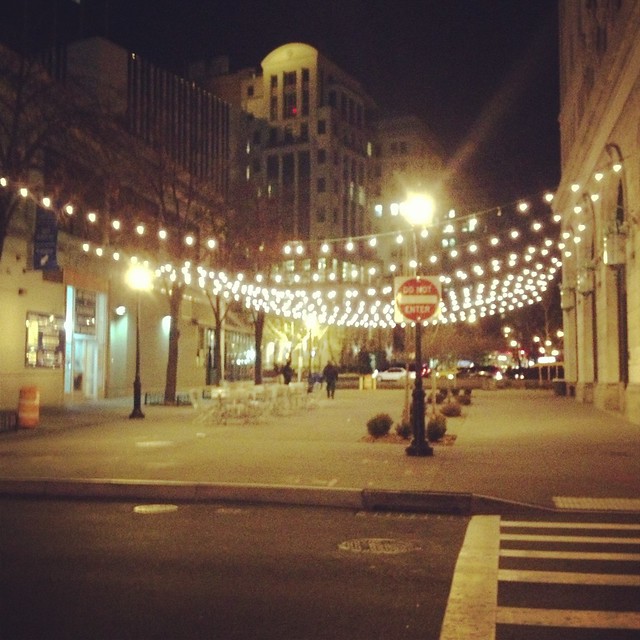
A piece by Gregory Euclide
A friend sent over an old interview of me with the note, "nearly ten years ago!"
In immediate response, i.e. what the hell have I been doing for the last 10 years?, I wasn't entirely positive. My stomach turned. Am I where I thought I would be by now? As I thought more about it, not measuring by signposts of achievement and accolades, but by the people and characters I've met, the experiences we shared, the relationships with them, and the many beautiful, serendipitous, and funny stories that punctuated the last (nearly) 10 years, I started to feel better. Maybe even a little proud. It's been rich. There, I said it.
In that vein, I thought it would be good to update about what's going on in this space specifically. No longer working in research and writing for a think tank, I've since joined a reinvented non-profit that will support innovations in cities and transportation. It's a good convergence of past experiences, applied differently. This space is always reserved for extended thoughts on such things, and now that the crux of my job isn't writing, I hope to write more here and elsewhere.
A note about how my thinking about public space has evolved and what will likely be here: This started out as a place to critique and assess public spaces, to hone an understanding of what works. Perhaps first through design and by how much public spaces prioritize people. As my understanding developed (still a work in progress), process and engagement were folded in. What does it mean to be public anyway? This became especially integral when looking at how spaces were developed (or not). Process rose in importance.
Funding resources, the mechanics for distributing funds, and the rules that governed the what could be done and what couldn't be were also added. Yup, I got into policy. For transportation. With cities as the backdrop and meeting people's aspirations as the goal.
(A funny side story: when I was contemplating joining Transportation Alternatives staff several years ago, I asked myself why they would want to hire me. I was not an advocate (which council member?), nor a grassroots campaigner (shy), nor a transportation expert (what?). I spent a weekend mulling it over, and by chance read through some posts archived here... and realized that when I wrote about the public spaces in the city I loved - New York - I typically wrote about its streets. How people used them in such innovative ways, the sidewalks, how biking made so much sense (never mind that I didn't ride a bike back then), and the too many cars. Public space was the lens, but the street was the expression. Satisfied, I joined T.A. - one of the best decisions I ever made.)
Of course, words are only as good as acts, so I love paying attention to the organizations, the people who led them, the make-up of their staff, and their culture and character. I found that I also applied this thinking to the internal development of organizations I was lucky enough to work for. I like to try to create conditions where people can be happy and succeed beyond their imaginations. I know, lofty! Ha. But I guess I've been lucky to see it happen enough times that I know, without a doubt, that this kind of experience can be truly transformative, which sends more effective changemakers out into the world.
All of this led to an informal theory about how does change actually happens? Top down and bottom up, it's a dynamic mix of people, policy and rules, process (and politics), and practice. So I guess there will be a smattering of all these things here - such as changing practice and applying research to design - as they relate to our collective work.
If you're curious, the last update.






